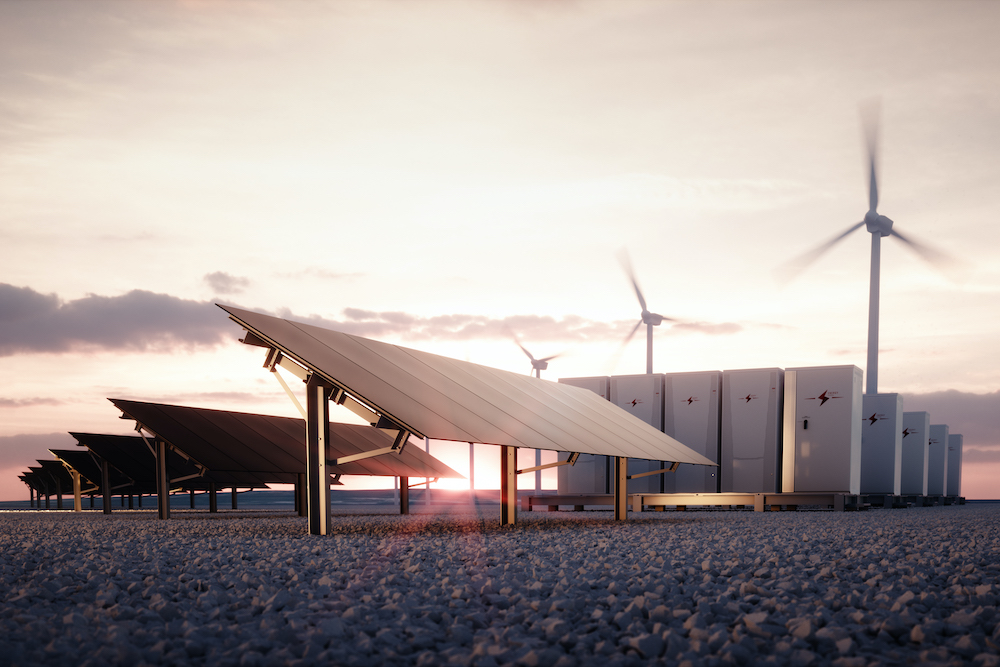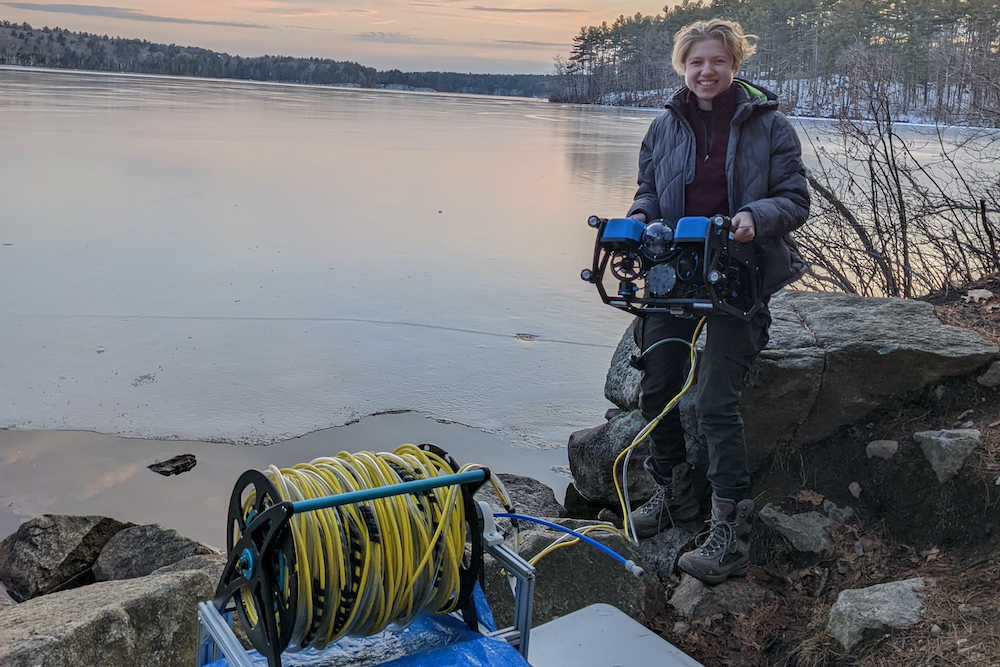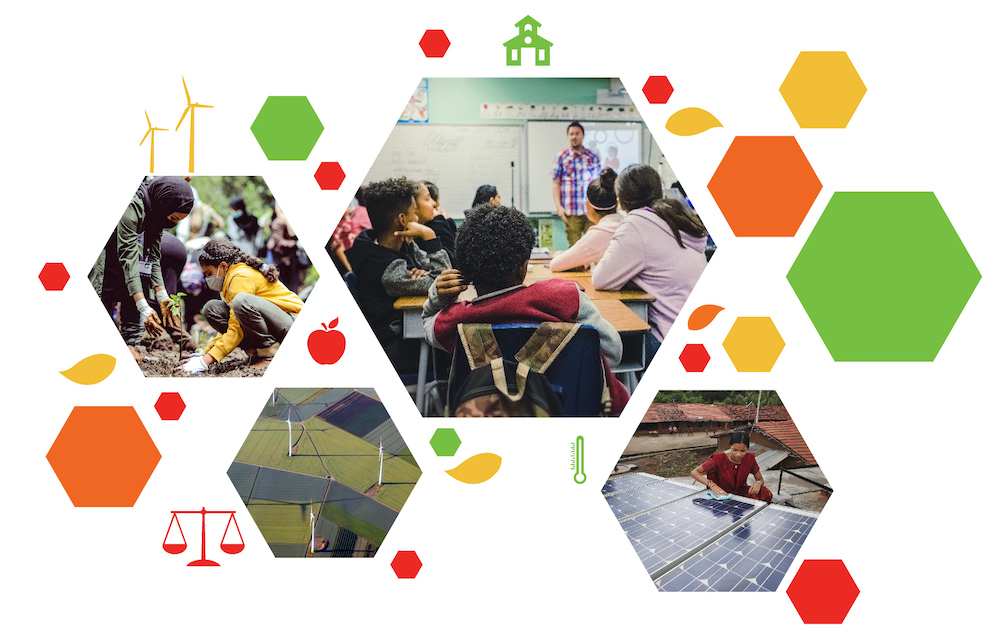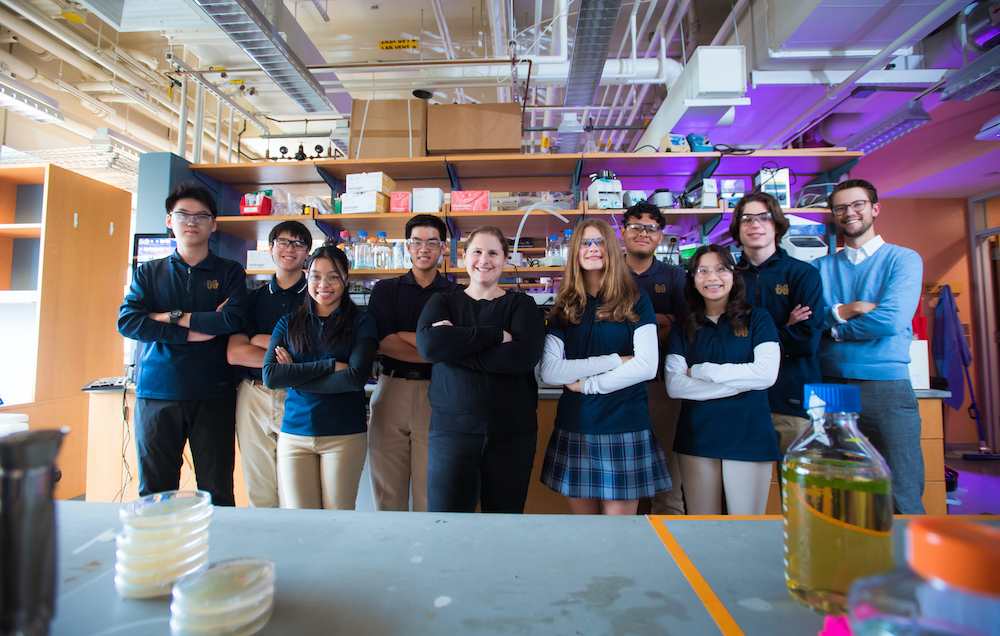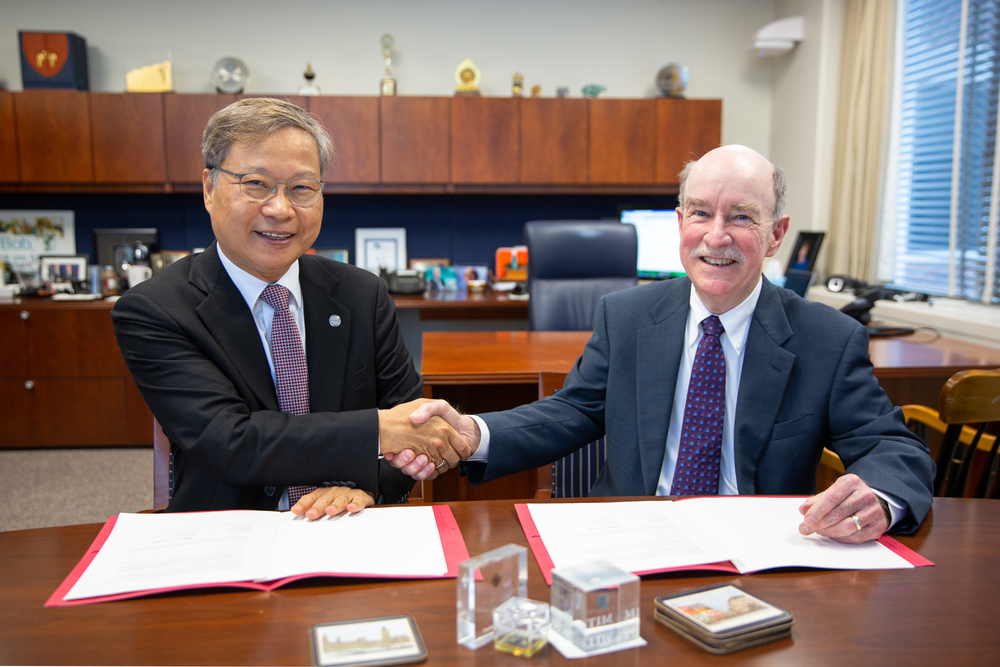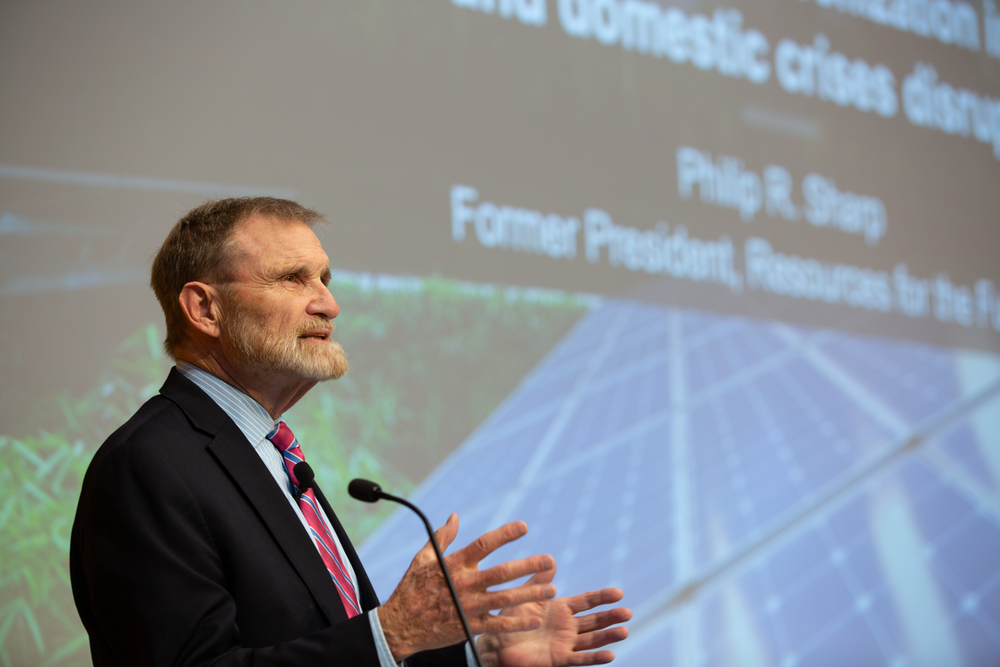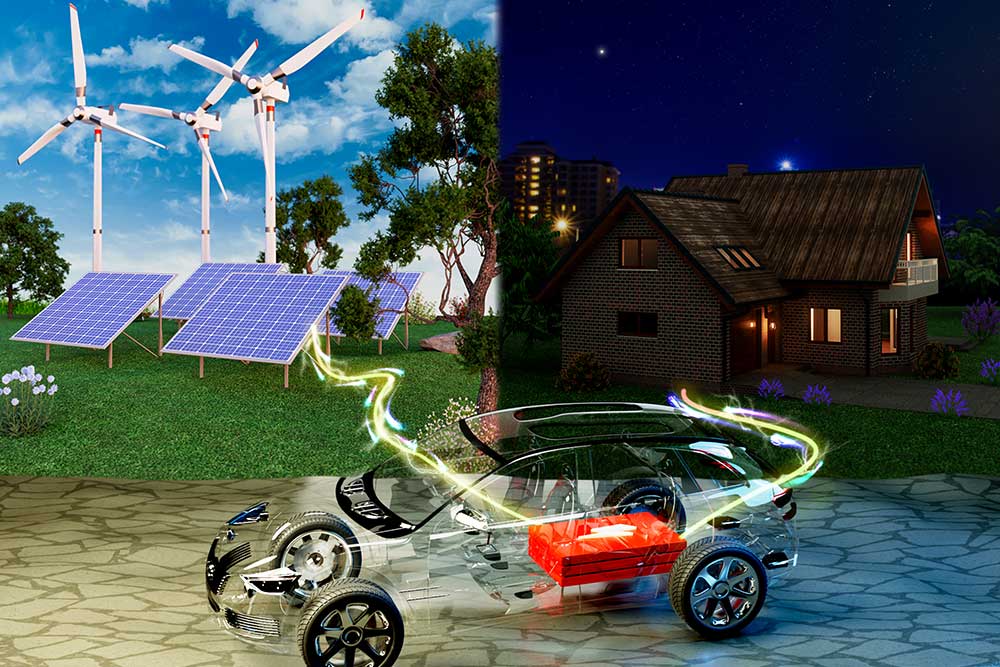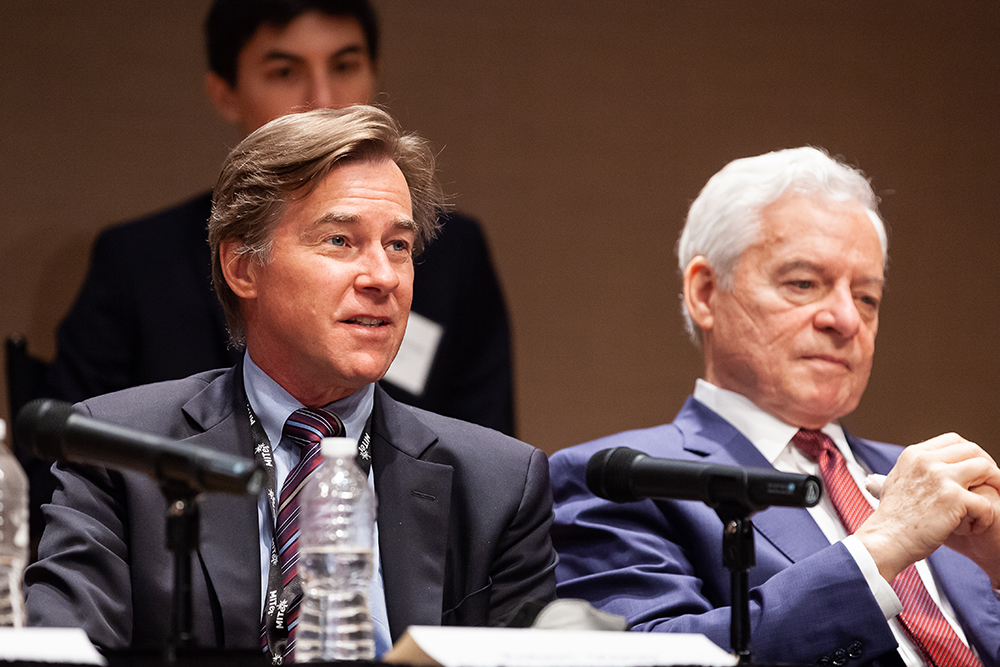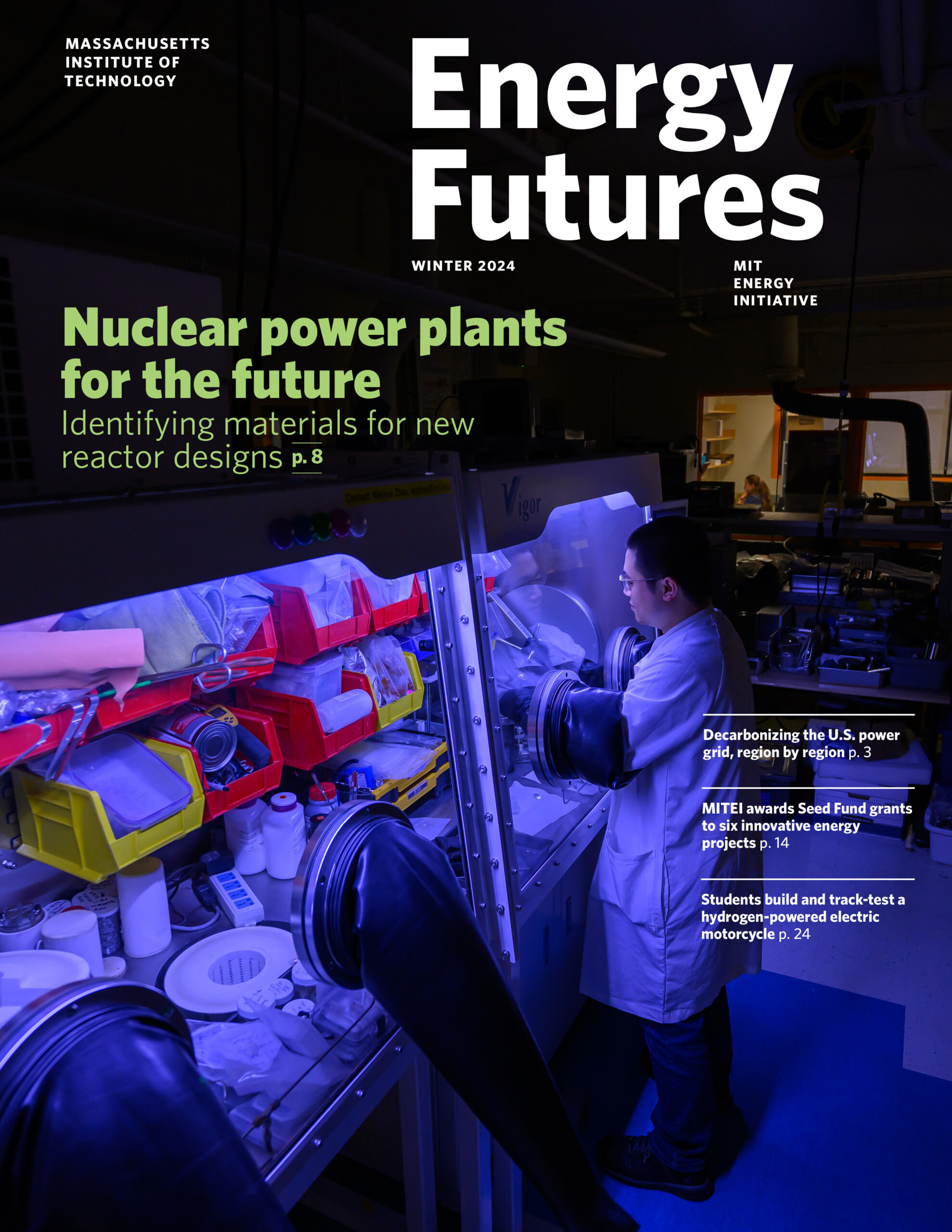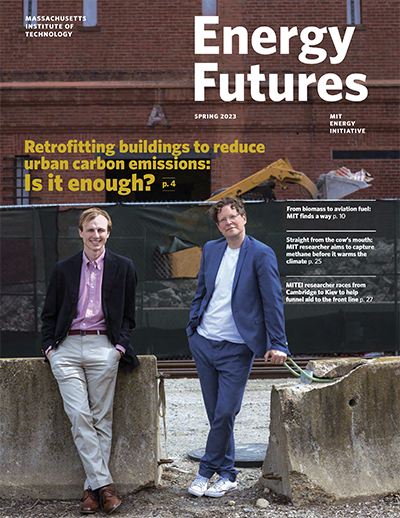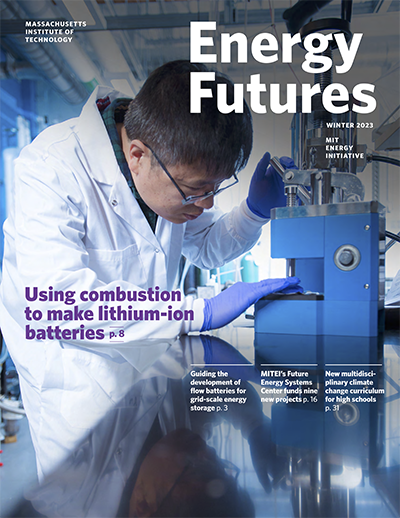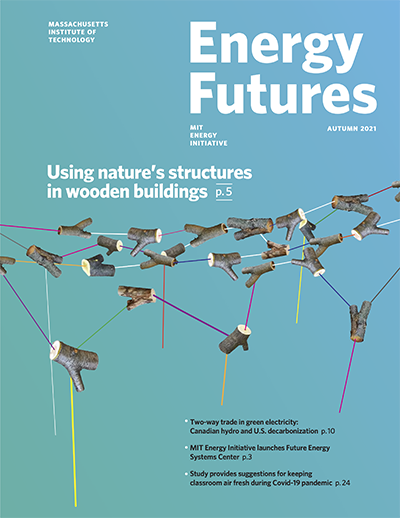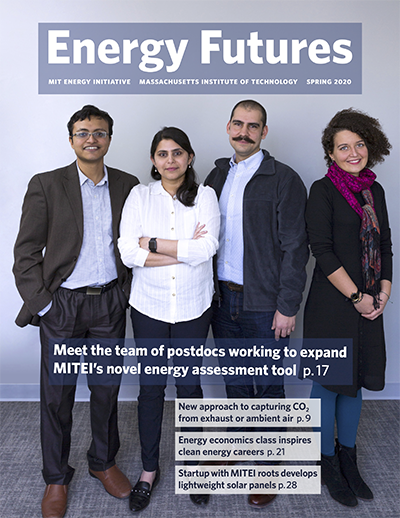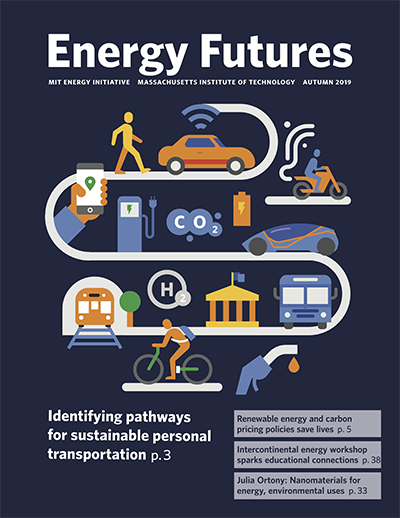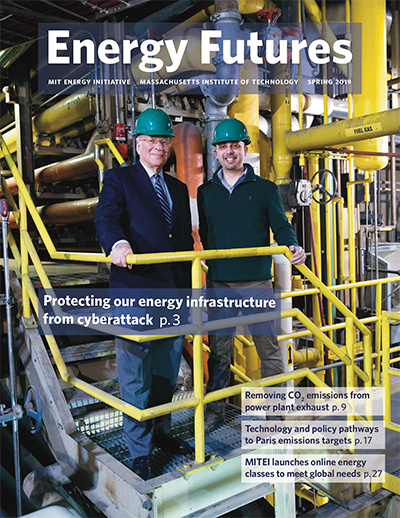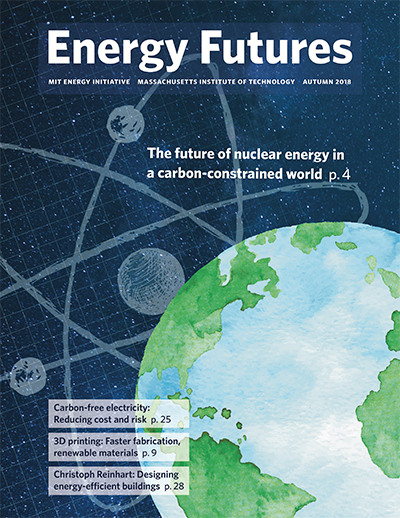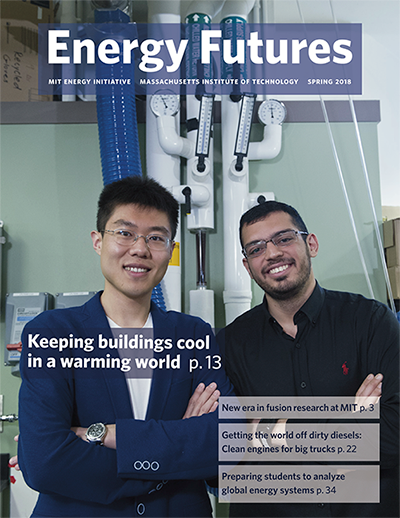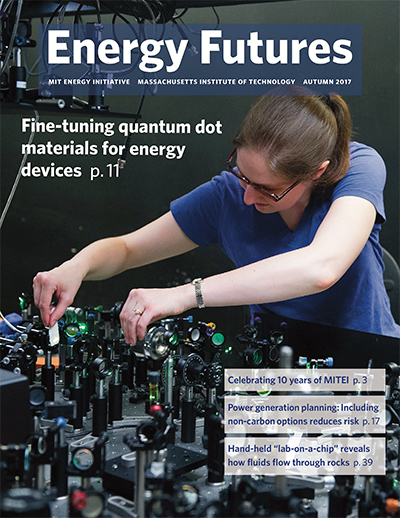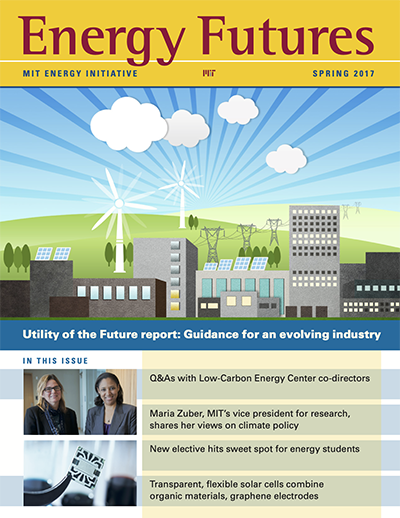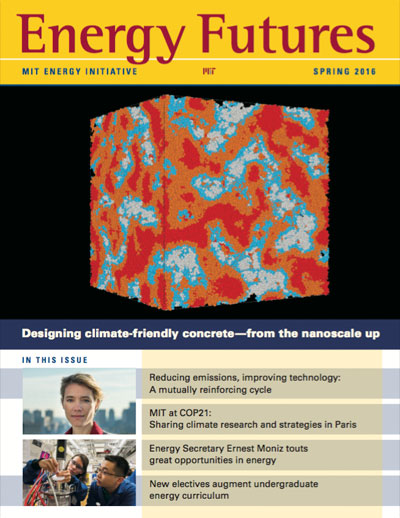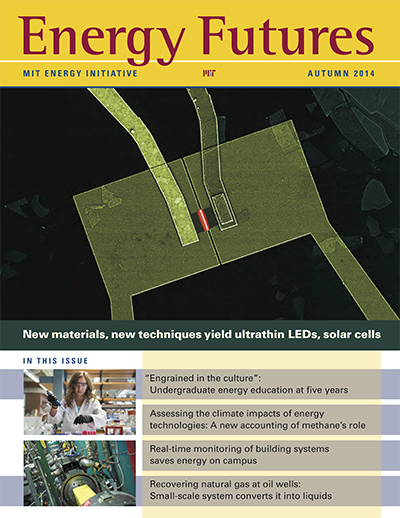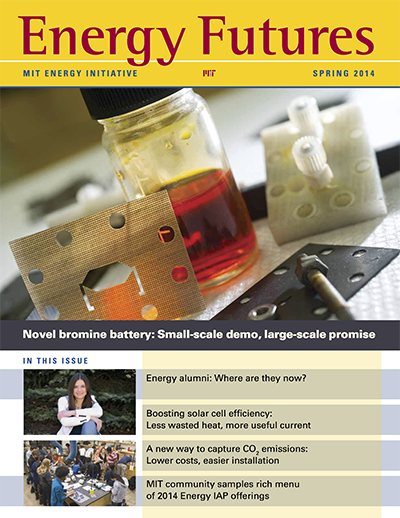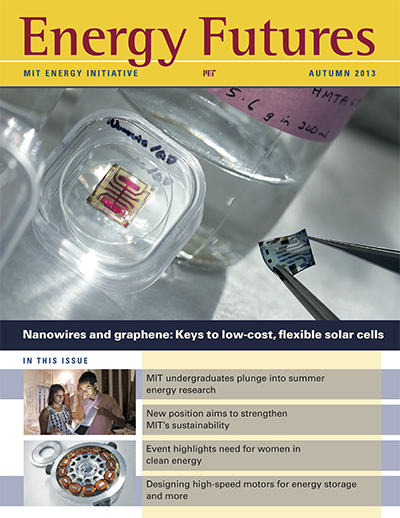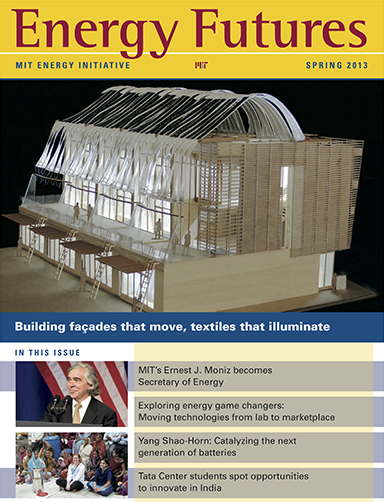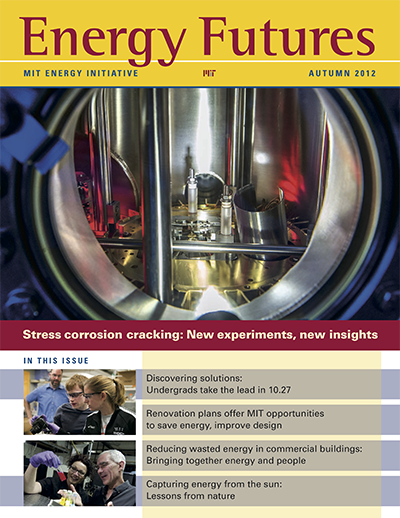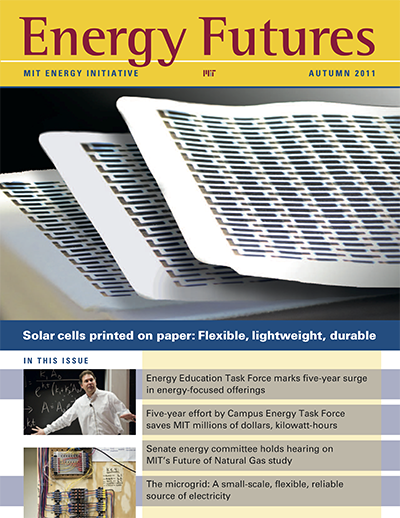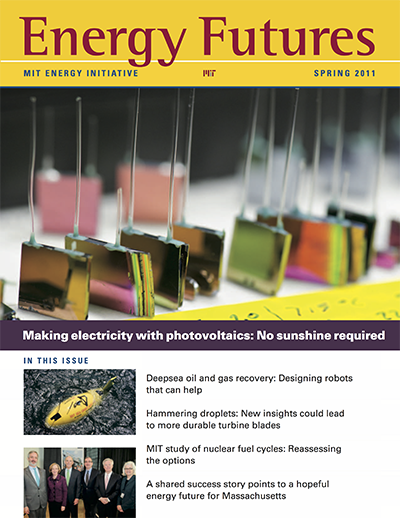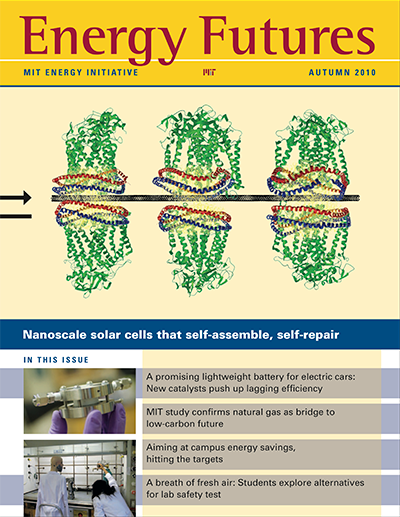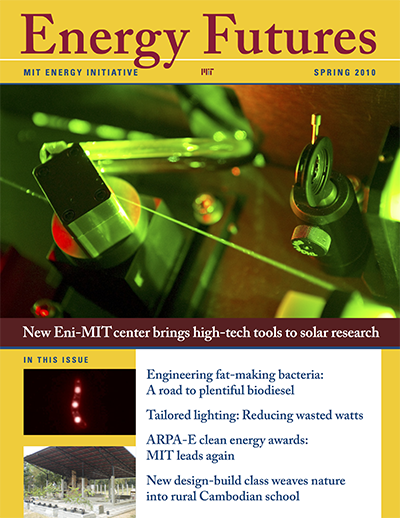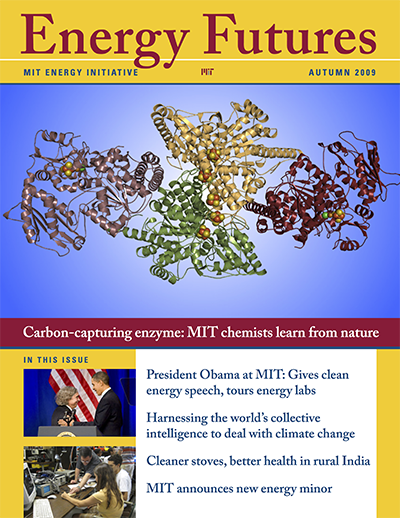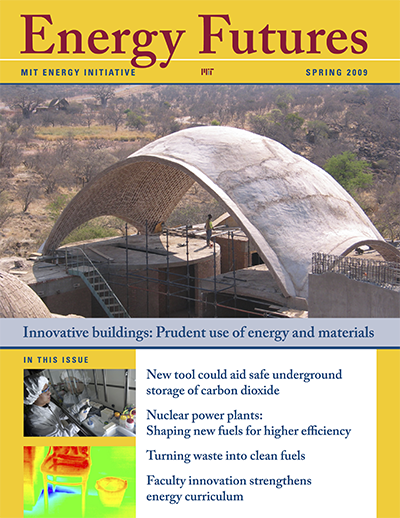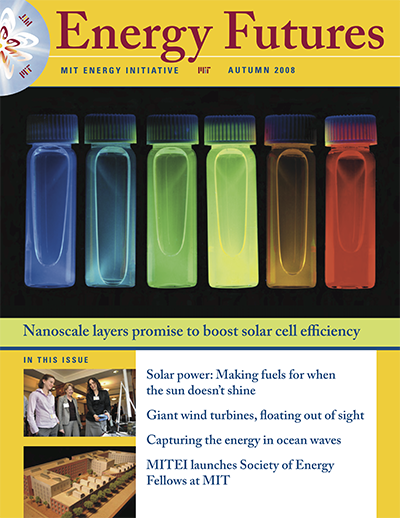Letter from the director
Dear friends,
As I write, COP27 has just concluded in Sharm el-Sheikh, Egypt. Climate-fueled disasters brought urgency to the negotiations and to our mission to rid our energy systems of greenhouse gas emissions. MITEI Deputy Director for Science and Technology Robert Stoner attended the climate conference, along with several of our students, as part of MIT’s delegation. While there, he met with leaders from emerging economy nations, such as Indonesia, Colombia, and South Africa, in connection with an MIT Climate Grand Challenges proposal that aims to help these countries adopt low-carbon economic growth trajectories. In this issue, you can read about some of his expectations and thoughts leading into the conference.
Here in the United States, Congress recently passed the most sweeping legislation in our history to address climate change. At our Fall Colloquium, MITEI External Advisory Board member Philip R. Sharp, the former president of Resources for the Future and former member of the U.S. House of Representatives, spoke optimistically about this new federal surge in action and spending, which he predicted will have vast spillover effects around the globe.
On campus, research efforts continue to make strides toward a decarbonized energy future. Read about exciting developments to produce cathodes for lithium-ion batteries more quickly and simply, and with less energy use and expense; the goal now is to speed commercialization and technology scale-up to further hasten the energy transition. You can also read about a promising MITEI study of the potential for vehicle-to-grid technology to leverage electric vehicles as “energy storage on wheels.” We highlight more battery-related research in this issue: As the world seeks economically viable, abundant materials for long-duration, grid-scale batteries, a new modeling framework can help by calculating the total cost of various options, taking into account not only capital costs but also operating expenses over the lifetime of the battery. We also look at a new low-cost battery architecture that uses three inexpensive, readily-available components: aluminum, sulfur, and salts.
Other articles focus on our education activities. In one interview, MITEI Director of Education Antje Danielson shares her vision for education as an energy transition accelerator—giving the learner the knowledge, skills, practical experience, and courage to jump into action. MITEI Deputy Director for Policy Christopher Knittel, a professor in the MIT Sloan School, is leading a promising new initiative called Climate Action Through Education; learn how Chris and his team are designing an interdisciplinary climate change curriculum in several core disciplines for U.S. high schools. Read about an MIT professor who brought eight students from Malden Catholic High School in Massachusetts to her lab last summer to develop electrodes for energy-generating bioreactors. And in this issue you’ll also find a profile of MIT undergraduate mechanical engineering major Sylas Horowitz, who has minors in energy studies and environment and sustainability. Sylas assembled and retrofitted a high-performance underwater drone to measure greenhouse gas emitted by thawing permafrost; the drone was deployed in the summer of 2022 on a field run in the Canadian high Arctic.
Our Focus on Faculty highlights Assistant Professor Michael Howland of civil and environmental engineering. He and his team have developed a model that predicts the power produced by individual wind turbines in a wind farm. The quantitative understanding of the wakes generated by front-row turbines—like the wakes that boats create in water—allows the team to intentionally misalign upwind turbines so downwind turbines face less wake turbulence, increasing the overall energy output of the wind farm.
And please don’t put this edition down before reading stories on six novel energy research projects receiving MITEI Seed Fund grants, as well as nine new projects from MITEI’s Future Energy Systems Center. They all share a common goal: to advance decarbonization.
I thank you as always for reading Energy Futures and for your support. Please stay in touch.
Yours in the energy transition,

Professor Robert C. Armstrong
MITEI Director


